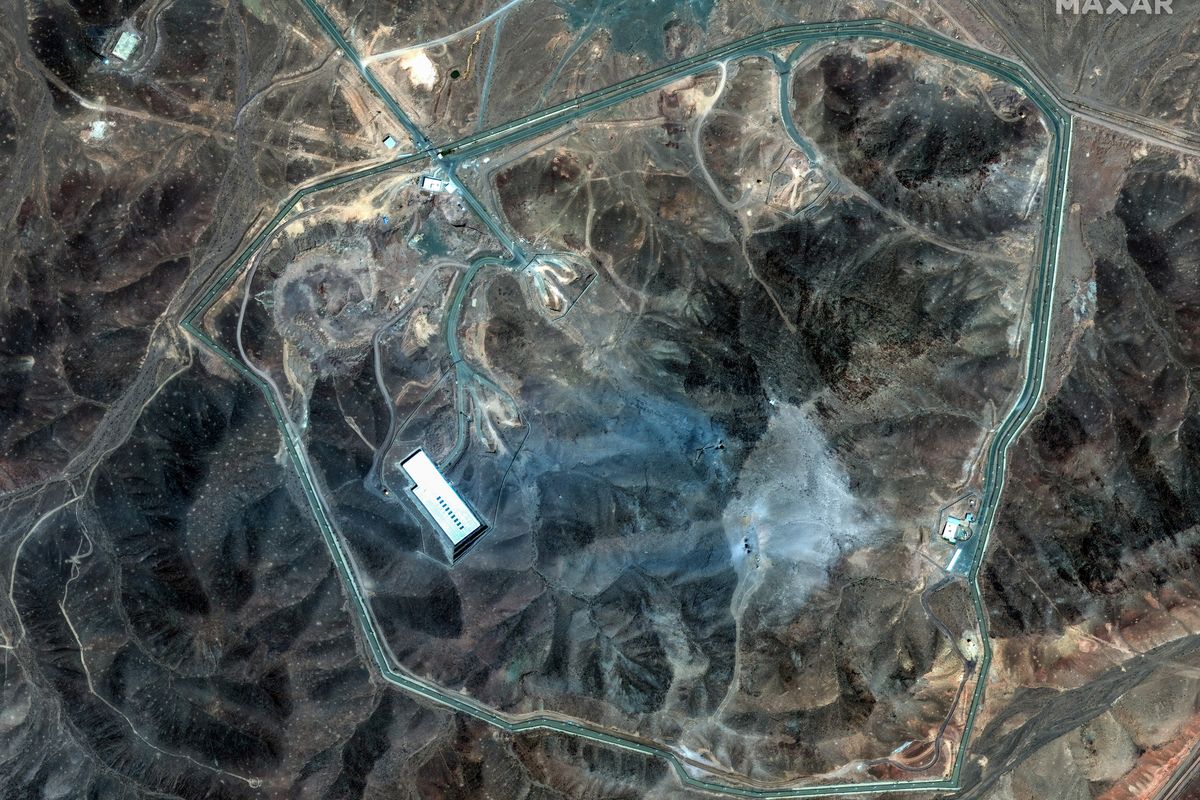The Cipher Brief’s Academic Incubator program partners with colleges and Universities across the country to highlight the next generation of national security leaders.
Ameen Karim is a first-year master’s student in the International Security Program at the Schar School of Policy and Government. His research focuses on U.S. foreign policy.
ACADEMIC INCUBATOR — Events subsequent to the February 29, 2020 signing of the Agreement for Bringing Peace to Afghanistan—otherwise known as the U.S.-Taliban Peace Deal—have demonstrated the shortcomings of the settlement. The Taliban’s unwillingness to follow the agreement’s conditions, evident in the consistent attacks on Afghan security forces; inadequate intra-Afghan peace talks; and the omittance of guarantees for women’s rights, only illuminate the deal’s failure. The deal, in its current form, will leave the Afghan people to fend for themselves against the very forces that engulfed it in decades-long conflict.
The United States should not settle for a faux peace deal. Instead, renewed support for the Afghan National Army (ANA), enhanced and equitable education, and a bolstered civil society that is inclusive of the demands and desires of the Afghan people themselves are needed to create stability.
The U.S.-Taliban Peace Deal is based on four main conditions. First, the Taliban must guarantee that Afghan soil is not used by any group or individual seeking to do harm against the United States or its allies. Second, a timeline was set for the withdrawal of all foreign forces from Afghanistan. Third, assurances had to be given for intra-Afghan peace talks. And fourth, the talks must conclude with a comprehensive ceasefire. Secretary of State Mike Pompeo and Special Envoy to Afghanistan, Zalmay Khalilzad who negotiated these conditions, added additional conditions that included the release of up to 5,000 Taliban prisoners along with a removal of sanctions against the Taliban.
Per the peace agreement, the United States and Coalition forces would leave Afghanistan in phases, reducing the number of U.S. troops to 8,600 and withdrawing all combat forces from five military bases. With an anticipated military withdrawal in the coming months, Afghanistan is in danger of facing an emboldened Taliban, that may very well regain control of the country. Full Taliban control would lead to an even further fractured state, susceptible to again becoming a hotbed for terrorism, just as it was in the 1990s.
Intra-Afghan peace talks that began on September 15th, have not resulted in any meaningful progress following the signing of the agreement. The peace agreement’s comprehensive ceasefire condition was clearly an attempt to create an environment welcoming enough to open negotiations between the Taliban and the Afghan Central Government. Instead, the Taliban continues to launch attacks targeting Afghan civilians and security forces. The Taliban’s bad faith actions stalled negotiations from even taking place.
Moreover, even if the Taliban leadership wants to abide by the ceasefire, they are not capable of such a commitment. The Taliban are not a coherent group with a clear leadership structure. Their fractured state and decentralized nature makes them incapable of following any true ceasefire. Even if one faction followed through, others are likely to continue to conduct violent attacks.
Other elements of the deal are equally problematic to enforce. Ensuring that no group or individual, including al-Qaeda, uses Afghan soil to potentially threaten the United States’ security is far too ambitious. The Taliban continue to have deep-rooted connections to al-Qaeda. To believe that they would break ties with al-Qaeda all together after some prisoner exchanges is naïve. They currently control vast amounts of land in Afghanistan, far outside the reach of the central government. Combined with its decentralized structure, this reality makes it likely that at least some faction of the Taliban will offer some part of the country to host its terrorist allies.
Perhaps the most problematic aspect of this agreement was the exclusion of the Afghan central government from its creation. Given the government’s categorically weak nature, facing constant opposition from the Taliban to control territory outside of Kabul, its inclusion was necessary for its legitimacy. Without their inclusion, the legitimacy of Afghan President Ashraf Ghani is thrown into question. With dissent from within Ghani’s own government by its Chief Executive, Abdullah Abdullah—who nearly formed a parallel government in early May 2020—President Ghani needs all the support he can get. The disregard for the central government and their exclusion from peace talks demonstrates the misguided nature of U.S. efforts to bring peace to Afghanistan.
While it may not be a popular suggestion, a long-term American commitment to Afghanistan is needed to achieve a lasting peace. There is still a great amount of work to be done to stabilize Afghanistan beyond counterinsurgency operations. The United States has routinely ignored the Afghan people in their efforts to rebuild the nation. The initial invasion resulted in massive loss of life and property, and it is evident that many Afghan people see the United States not as saviors against the Taliban, but rather oppressors. To win in Afghanistan, the United States must win hearts and minds—a concept that is still possible if lessons from the past are learned.
That effort should start with the Afghan National Army. The ANA has been plagued by years of desertions and inefficiency. Its failure to provide security to the country has left dozens of parliamentary seats vacant, furthering poor governance. Yet, progress has been made and it must continue. Operation Freedom Sentinel, which began in 2014, was a solid beginning, but the United States must continue efforts to train, pay, and educate its security forces. A properly trained ANA will alleviate the burden on U.S. and Afghan special forces to provide security and more fully allow for a reduction of an already reduced military presence. By increasing pay and education to members of the ANA, many young Afghan men and women will not seek the financial pay and teachings of the Taliban and instead, will serve their country while earning a living wage.
U.S. public debate over Afghanistan has often cited the amount of monetary waste that has gone into projects to rebuild the war-torn country. The strategy adopted by the Bush and Obama administrations was far too ambitious and hasty, which caused this considerable waste. Without proper vetting, education and security, these projects were bound to fail. By strengthening the educational and civil institutions within Afghanistan and empowering educators and various non-governmental organizations to continue their work, it is possible to have effective state building. An educated workforce coupled with stronger governance, provides the ability to successfully implement vital infrastructure projects.
With routine Taliban violence, fruitless intra-Afghan negotiations, and no guarantees for women’s rights, President Trump’s “peace deal” with the Taliban leaves much to be desired. A shift in strategy is needed. With the U.S. Presidential election coming this November, it may be up to a new administration to alter this disastrous agreement and seek a long-term solution for Afghanistan. Hopefully that solution will be one where the Afghan people know they are not abandoned and can view the United States as a beacon of hope for the future, rather than as foreign invaders.
The Cipher Brief’s Academic Partnership Program was created to highlight the work and thought leadership of the next generation of national security leaders. If your school is interested in participating, send an email to Editor@thecipherbrief.com.
Read more expert-driven national security insight, perspective and analysis in The Cipher Brief













